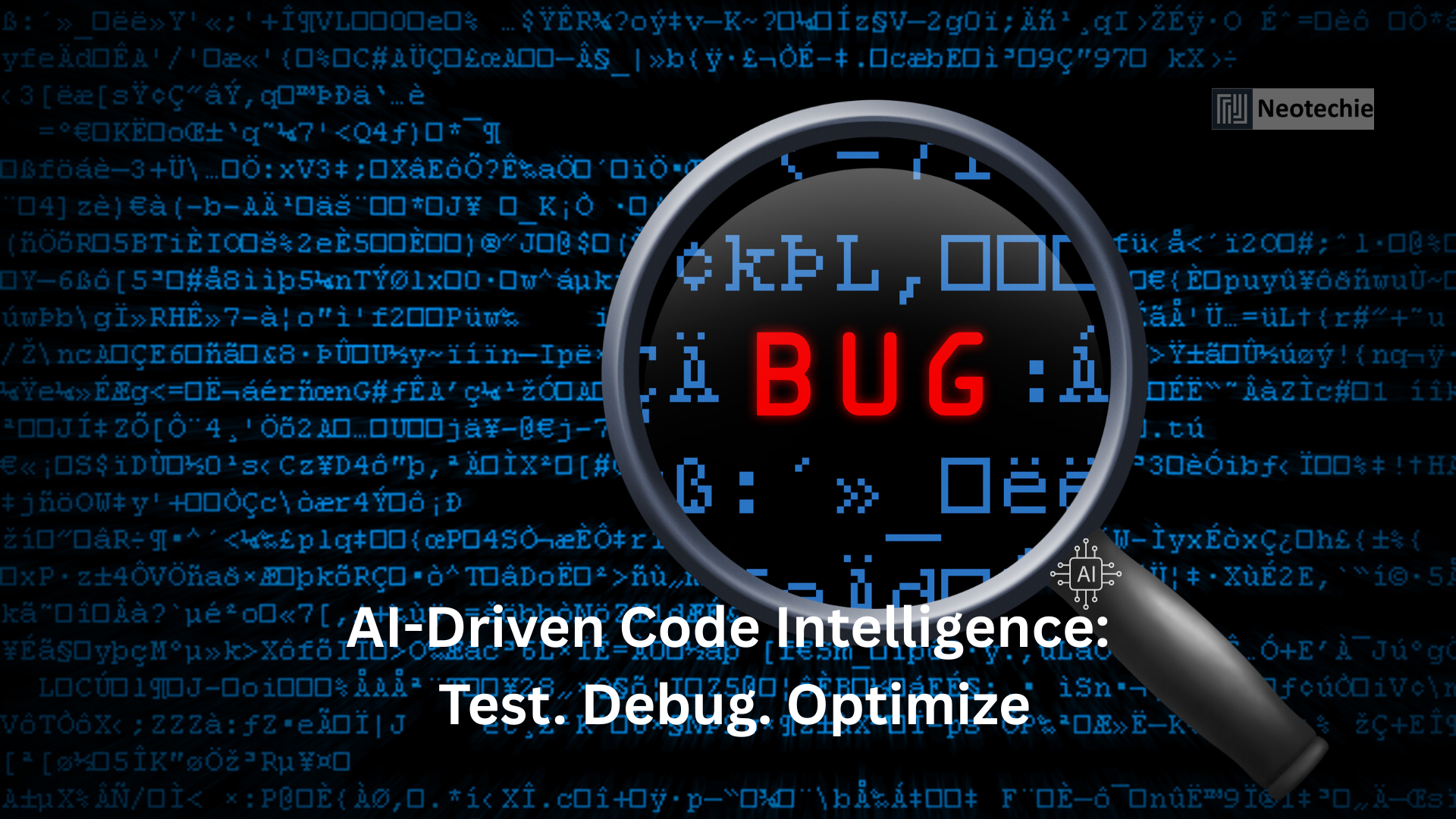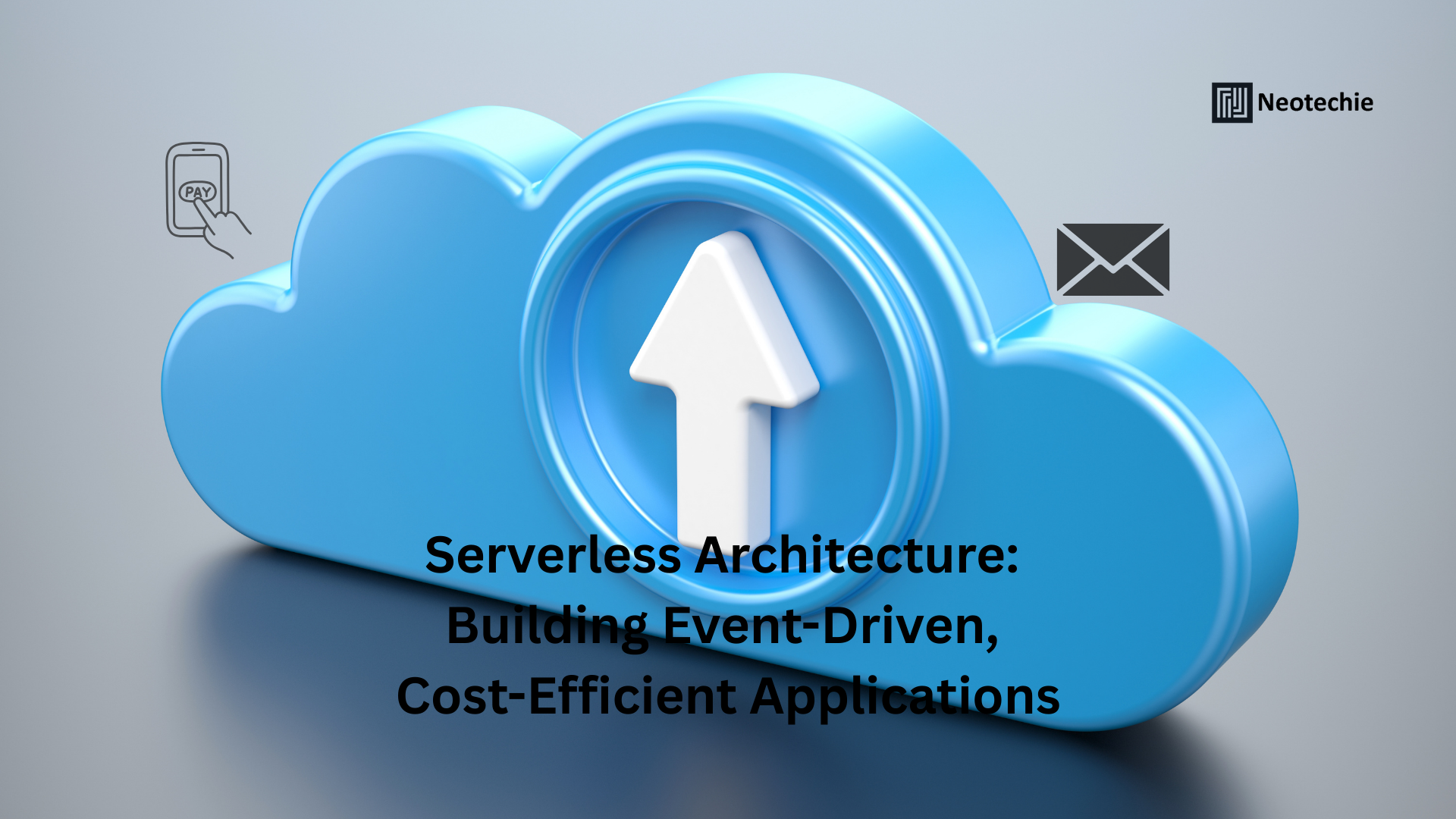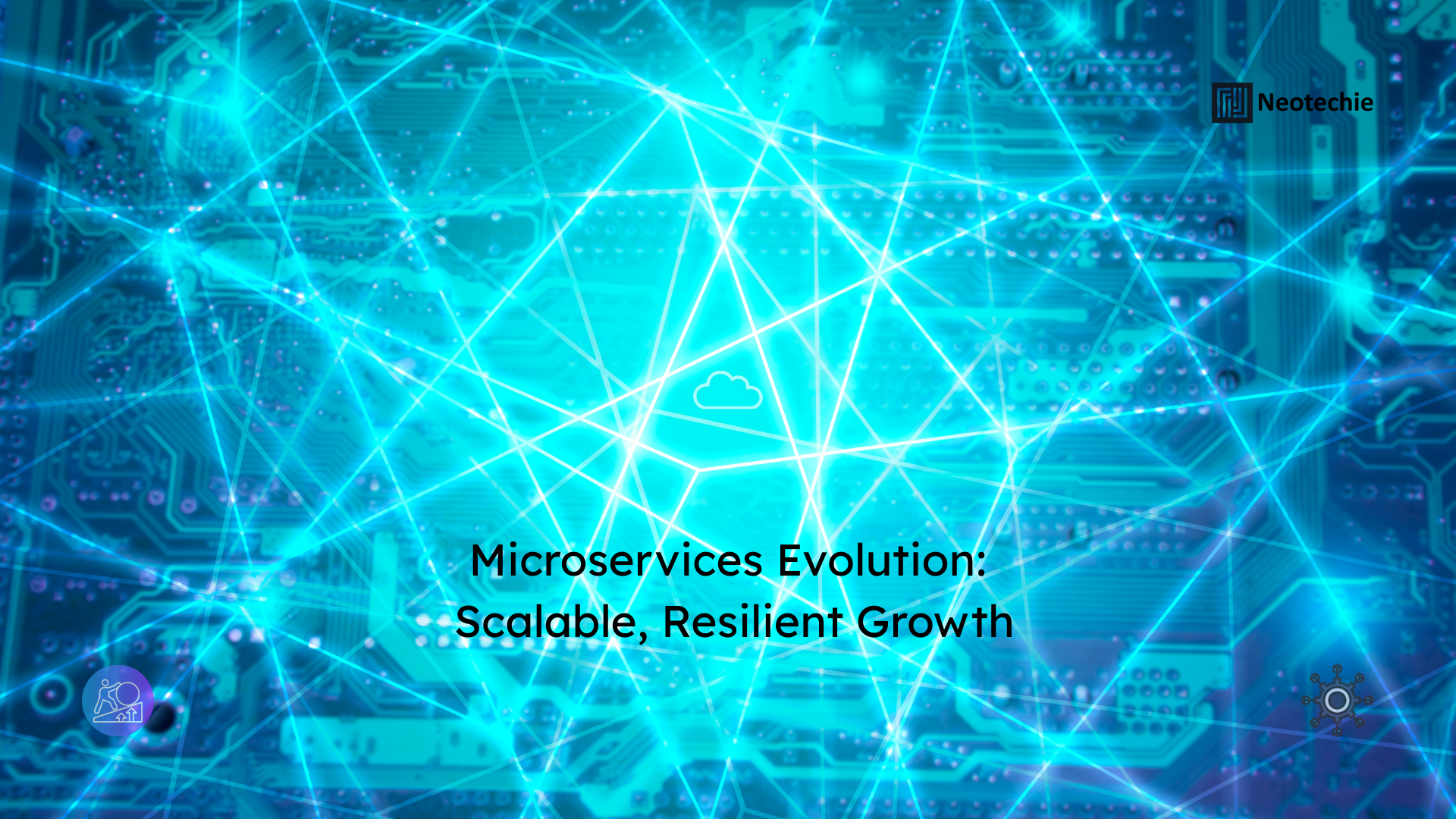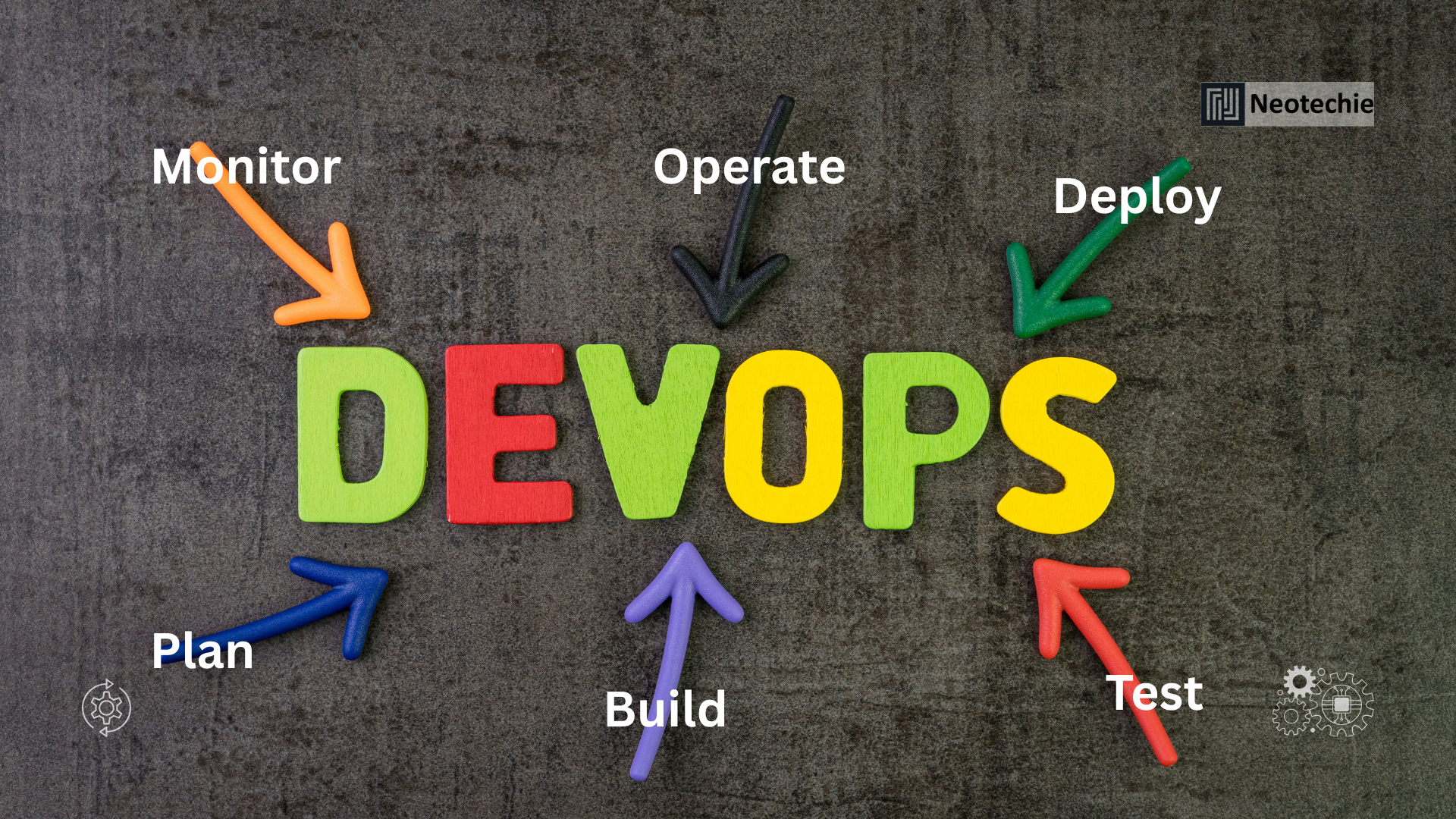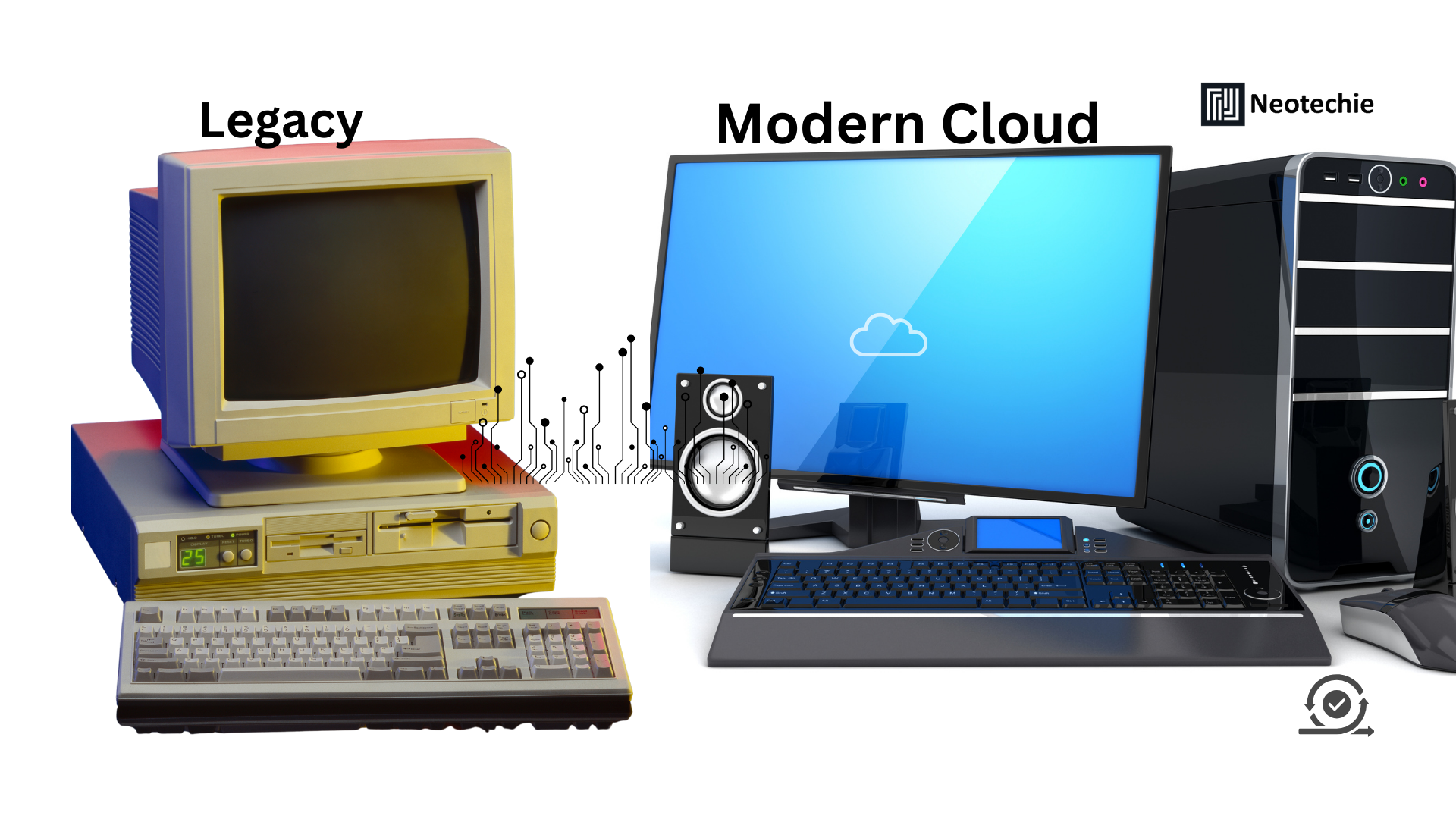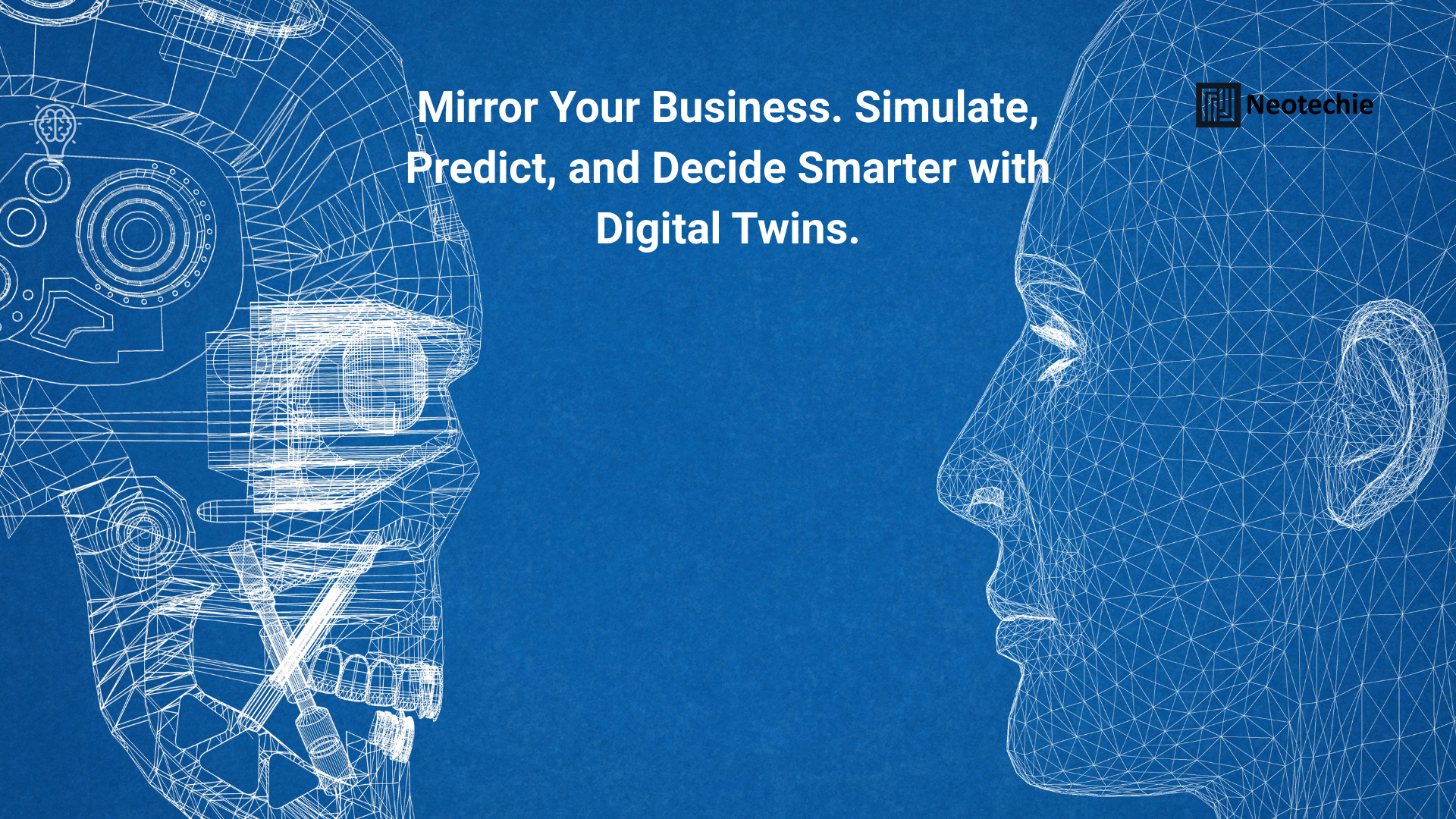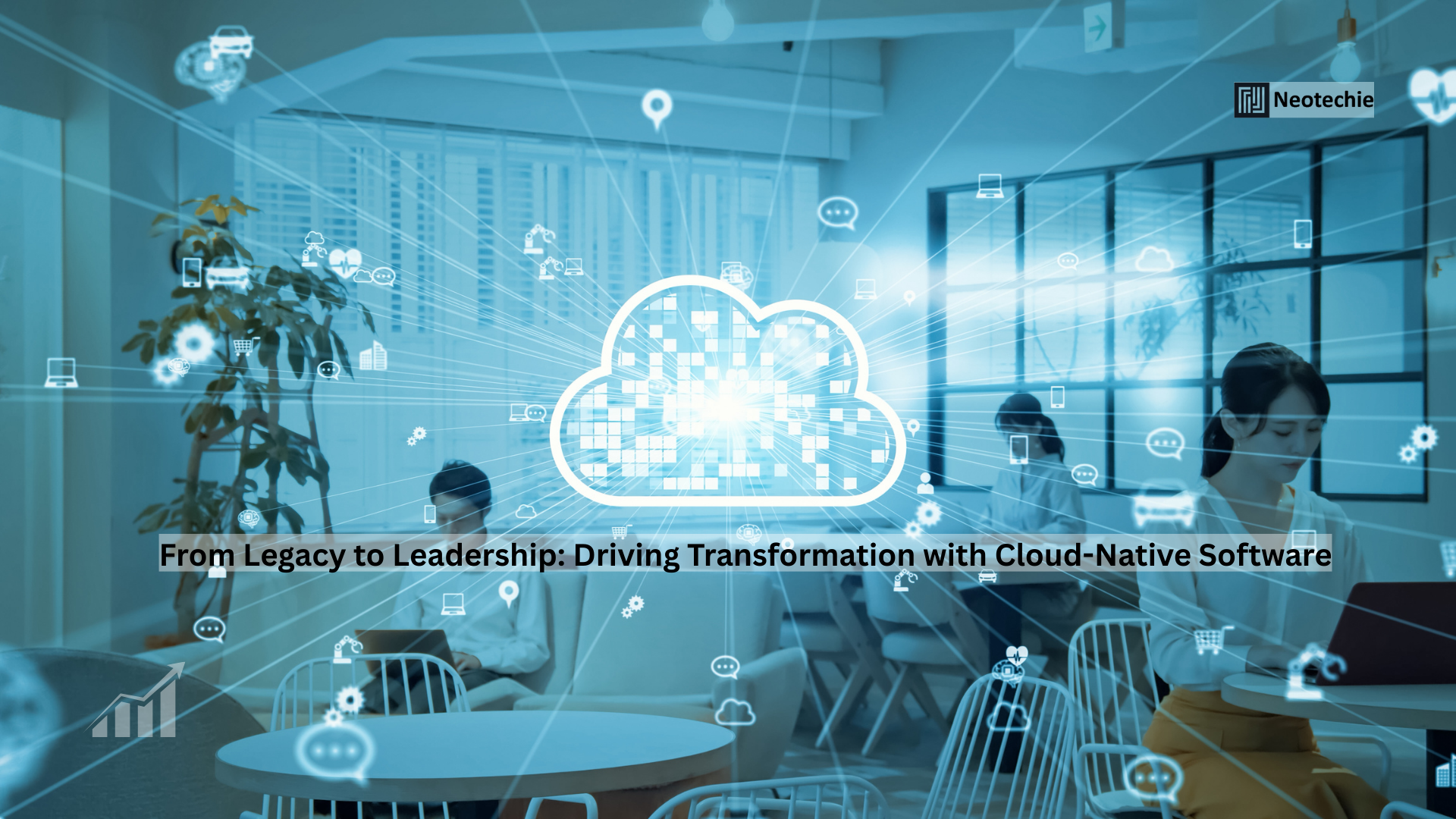Revolutionizing Software Development with AI-Driven Code Intelligence
Software development is increasingly complex, with growing demands for rapid deployment, high-quality code, and efficient operations. AI-driven code intelligence uses machine learning and advanced analytics to automate testing, debugging, and optimization, transforming the way software is developed and maintained.
By leveraging AI in the software development lifecycle, businesses can reduce errors, accelerate delivery, and achieve higher-quality outputs, ultimately driving digital transformation and strategic growth.
What AI-Driven Code Intelligence Brings to Development
- Automated Code Testing
- What: AI-driven tools automatically generate and execute test cases, covering various scenarios and edge cases that manual testing might miss.
- Why: Manual testing is time-consuming, prone to human error, and often fails to cover complex test scenarios, increasing the risk of bugs and deployment delays.
- How: AI analyzes code patterns, identifies potential risk areas, and generates comprehensive test cases. For example, in a banking application, AI can test complex transaction workflows across multiple modules, ensuring robustness, reliability, and faster time-to-market.
- Intelligent Debugging and Error Detection
- What: AI tools detect bugs and vulnerabilities by analyzing code in real-time, predicting areas where errors are most likely to occur.
- Why: Early detection of defects prevents costly post-deployment fixes and reduces downtime, ensuring smoother operations.
- How: Machine learning algorithms identify anomalous patterns, memory leaks, or security vulnerabilities, providing developers with actionable insights and suggested fixes. For instance, AI can detect inconsistent data handling in an e-commerce checkout process, preventing potential financial and operational risks.
- Code Optimization and Performance Enhancement
- What: AI recommends or automatically implements code improvements to enhance performance, reduce resource consumption, and improve scalability.
- Why: Optimized code improves application responsiveness, reduces infrastructure costs, and supports scalability as user demand grows.
- How: AI analyzes existing code, identifies redundant or inefficient patterns, and suggests optimized alternatives. For example, in a video streaming platform, AI can optimize data handling routines to ensure smoother playback and enhanced user experience.
- Predictive Maintenance and Regression Analysis
- What: AI predicts which parts of the code are prone to future errors and regression issues.
- Why: Identifying potential problem areas proactively reduces downtime, maintenance costs, and post-release defects.
- How: By learning from historical code changes, bug reports, and version histories, AI highlights areas that may require attention before new releases. This ensures continuous code reliability and long-term maintainability.
- Accelerated Continuous Integration and Delivery (CI/CD)
- What: AI integrates seamlessly into CI/CD pipelines, automating testing, code review, and deployment decisions.
- Why: Manual CI/CD processes can be slow and error-prone, delaying releases and limiting agility.
- How: AI evaluates code quality, runs automated tests, flags risks, and can even approve or recommend deployments based on predictive analysis. This allows development teams to deliver features faster and with greater confidence.
Why AI-Driven Code Intelligence Matters for Businesses
- Improved Code Quality: Early detection and automated testing minimize bugs and vulnerabilities.
- Accelerated Development Cycles: Automation reduces manual effort, speeding up development.
- Operational Efficiency: Predictive insights reduce maintenance costs and post-deployment issues.
- Enhanced Scalability: Optimized code ensures applications perform efficiently under growth conditions.
- Informed Decision-Making: AI provides actionable insights for better development strategies.
Driving Business Transformation Through AI-Driven Code Intelligence
- Faster Time-to-Market: Businesses can release new features and products quickly, capturing market opportunities.
- Reduced Operational Risk: Proactive error detection and optimization prevent costly downtime and security issues.
- Resource Optimization: Developers focus on high-value innovation rather than repetitive testing and debugging.
- Enhanced Customer Experience: Reliable, high-performing applications increase user satisfaction and retention.
- Data-Driven Strategy: Analytics from AI tools inform continuous improvement and strategic planning.
How Neotechie Can Help
At Neotechie, we empower enterprises to leverage AI-driven code intelligence for software development excellence:
- Implement automated testing frameworks for robust and error-free applications.
- Deploy intelligent debugging and optimization tools to enhance code quality and performance.
- Integrate AI into CI/CD pipelines for faster and safer deployments.
- Provide predictive insights for code maintenance and reliability.
- Offer consulting and support to maximize the benefits of AI in your development lifecycle.
AI-driven code intelligence transforms software development into a proactive, efficient, and high-quality process. Neotechie helps organizations harness AI to accelerate innovation, improve reliability, and drive business transformation through smarter, automated software practices. ᯓ☆

